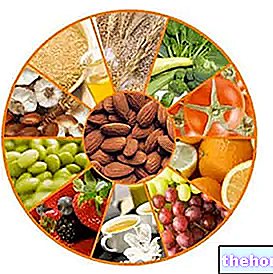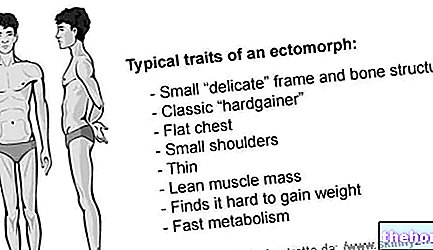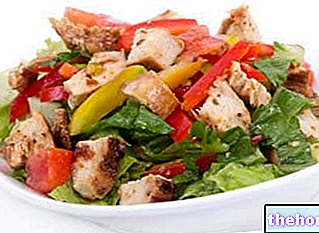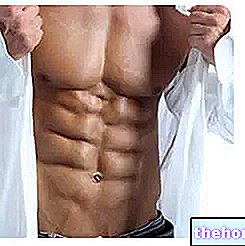Hemoglobin is the protein responsible for erythrocyte function (red blood cells), which is the transport of gases (oxygen and carbon dioxide) in the blood.
Note: Reduction in hemoglobin causes a decrease in hematocrit.
The most common anemia is secondary. The causes and predisposing factors are: female sex and menstruation, lack of bioavailable iron in the diet, deficiency of vitamins B12 and B9, gastric pathologies or resections, gastric pathologies or resections, celiac disease, abuse pharmacological, haemorrhages, hematuria, secondary haemolysis, excessive motor activity characterized by repeated microtrauma (e.g. marathon) etc. Other predisposing factors are: a diet lacking in vitamin C, a diet too rich in anti-nutritional factors (phytates, oxalates, tannins, too many fibers, etc.).
Note: The primary cause of anemia is a serious (rare) condition called atuoimmune haemolysis.
Secondary anemia differs into two types:
- Iron deficiency: iron deficiency further worsened by vitamin C deficiency (which improves its absorption) and by the excess of anti-nutritional molecules (which reduces it).
- Pernicious or megaloblastic: above all a lack of vitamin B12 but also of folate.
Anemia manifests itself mainly with: paleness, cold hands and feet, asthenia, poor concentration, headache, chronic weakness, dizziness and fissures in the corners of the mouth; on the other hand, the symptoms can be extremely varied.
Anemia is often associated with low blood pressure. Symptoms worsen markedly in the presence of hypoglycemia.
In the case of secondary anemia, it is necessary to correct the diet and, if necessary, to adopt an integration scheme. Sometimes the use of drugs is inevitable. Although rarely, anemia may lead to the need for a transfusion.
For further information: Diet and Anemia must have the following characteristics:
- Varies: single-issue diets promote nutritional imbalance. Vegan ones cause a lack of bioavailable iron and cobalamin; carnivorous ones cause vitamin C and folate deficiency.
- Suitable iron intake (see requirements), especially in its bioavailable form (2/3); the latter is of the heme type or in reduced form (Fe ++). It is mainly found in foods of animal origin (yolk, meat, offal, fish, etc.). The remaining 1/3 can be of the oxidized type (Fe +++). mainly in foods of plant origin (legumes, cereals, vegetables, fruits).
- Suitable supply of cobalamin (B12): it is found mainly in foods of animal origin (meat, liver, fish products, etc.), foods fermented by bacteria and in certain algae.
- Suitable supply of folate and vitamin C: they are found above all in foods of plant origin (citrus fruits, lettuce, tomatoes, parsley, peppers, strawberries, kiwis, rocket, spinach, radicchio, cherries, etc.).
- Minimum supply of anti-nutritional molecules: oxalic acid (rhubarb, spinach, cocoa, turnips, etc.), phytic acid (black tea, raw beans, bran, etc.), excess tannins and fiber (over 35-40g). Oxalates and phytates are canceled out by soaking (in the case of dried legumes) and cooking.
- Dissociate foods rich in calcium and phosphorus (milk and cheese) from iron sources: by competing for intestinal absorption, they compromise the entry of iron.
* Dried beans should be soaked for about one night; the soaking water is rich in anti-nutritional agents and therefore must be eliminated.




























